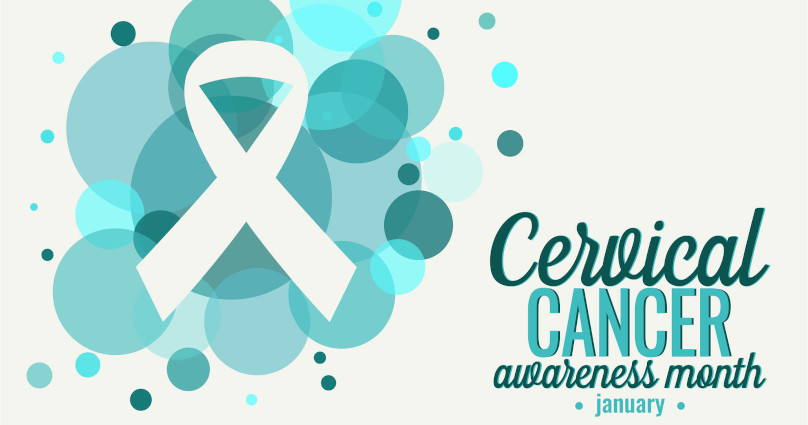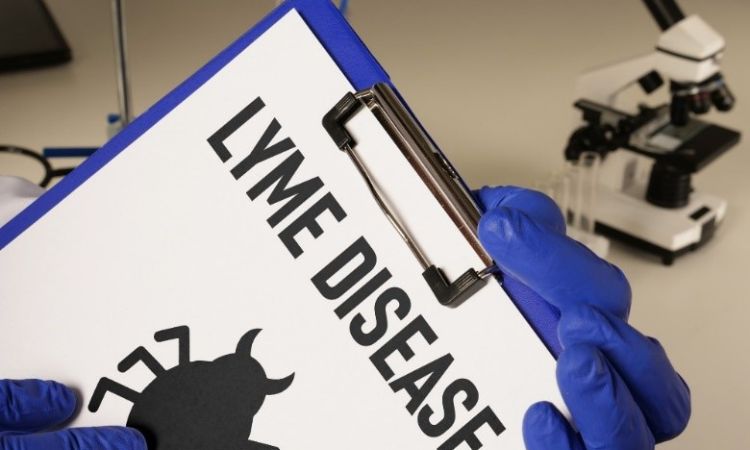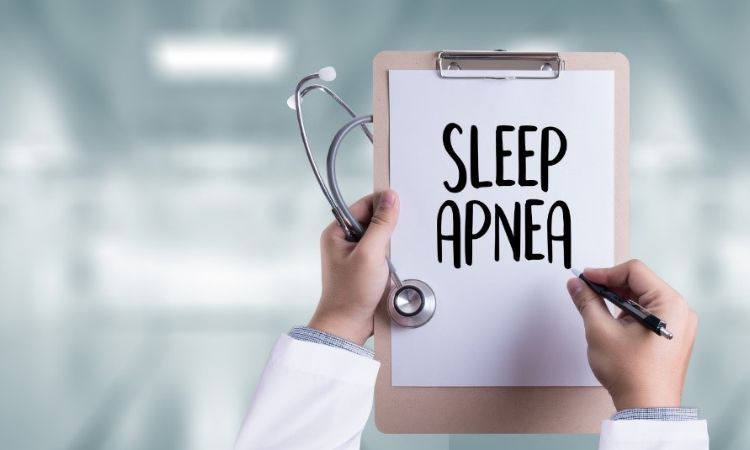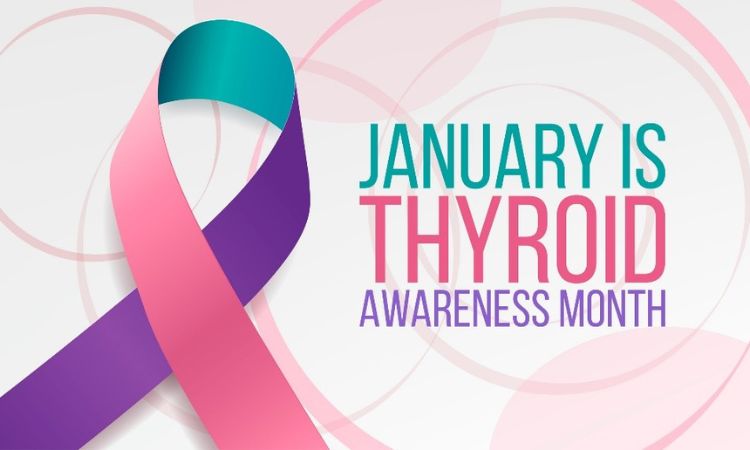What Every Woman Should Know About HPV and Cervical Cancer


HPV and cervical cancer are very common yet highly preventable health conditions. Last year, more than 14,000 new cases of invasive cervical cancer were diagnosed in the United States. Although it is one of the leading causes of death among American women, great strides have been made in recent years. Women’s health campaigns have contributed to an increased use of Pap smears, HPV testing, and other preventive measures. This January, during Cervical Health Awareness Month, learn what every woman can do to best protect their health.
The Link Between HPV and Cervical Cancer
Human papillomavirus (HPV) is one of the most common sexually transmitted infections. In 2018, approximately 43 million people were diagnosed with HPV. There are many different types of HPV and they all impact the body differently. Some cause genital warts while others cause certain types of cancer, including cervical cancer. Most HPV infections are harmless, and many are naturally cleared by the body within a year or two.
What is Cervical Cancer?
Cervical cancer occurs in the cells of the cervix in the lower part of the uterus. Some strains of HPV can play a role in causing cervical cancer. In the early stages, it produces no signs or symptoms. It is most easily treated when diagnosed early.

Options for HPV Prevention
To protect yourself against HPV and cervical cancer, the best thing you can do is to get vaccinated. HPV vaccines work to prevent infection from both low and high-risk HPV types that can lead to cervical and other types of cancer.
According to the CDC, boys and girls over the age of 11 should get vaccinated against HPV. When taken during preteen years, the vaccine produces a stronger immune response. Women and men are eligible for the vaccine up to age 45.
Routine Screenings Recommended
Women can protect themselves against HPV and cervical cancer by undergoing routine screenings. Women aged 21 to 65 should schedule annual Pap smears and other preventative measures.
Other ways to prevent HPV include:
- Using condoms
- Limiting sexual partners
- Being in a mutually monogamous relationship
Prevention is the Best Protection
There’s no treatment for HPV, which is why prevention is the best way to protect you and your sexual partners. Unlike other viruses, it can take weeks, months, and sometimes even years for HPV symptoms to develop.
More often than not, it’s impossible to know when someone may have contracted HPV. If you are diagnosed with HPV, know that you aren’t alone. A diagnosis doesn’t mean that you did anything wrong. Remember, the Human papillomavirus affects millions of people nationwide.
Women with HPV can still lead healthy lives. Many can become pregnant and deliver healthy babies naturally. However, the best way to stay healthy is by following recommended preventative steps.

Choose Our Compassionate Women’s Health Services
HPV and cervical cancer are critical and complex women’s health topics. If you have questions you would like answered, our compassionate health care professionals are available to assist you. Request a women’s health services appointment today at one of our conveniently located health centers in Nassau County.








